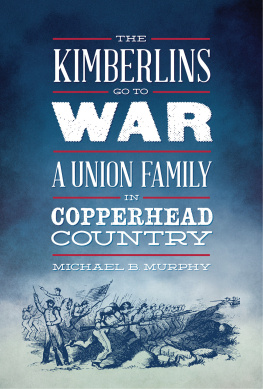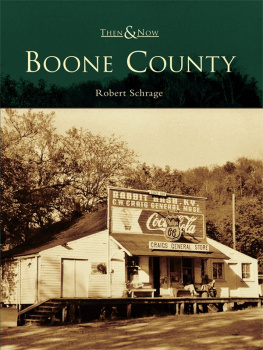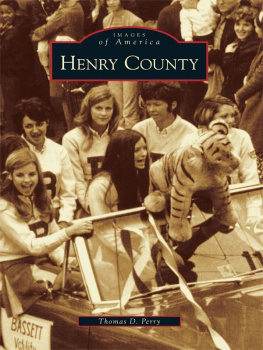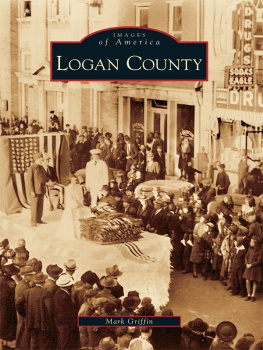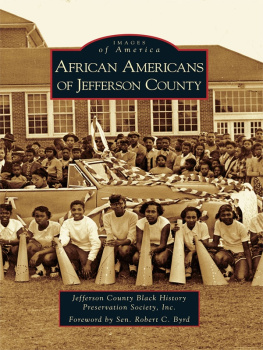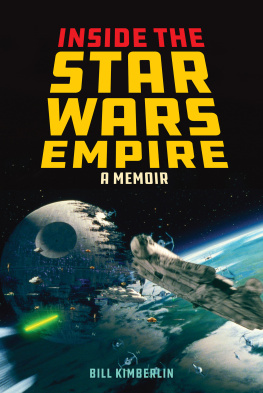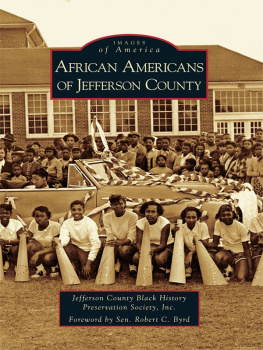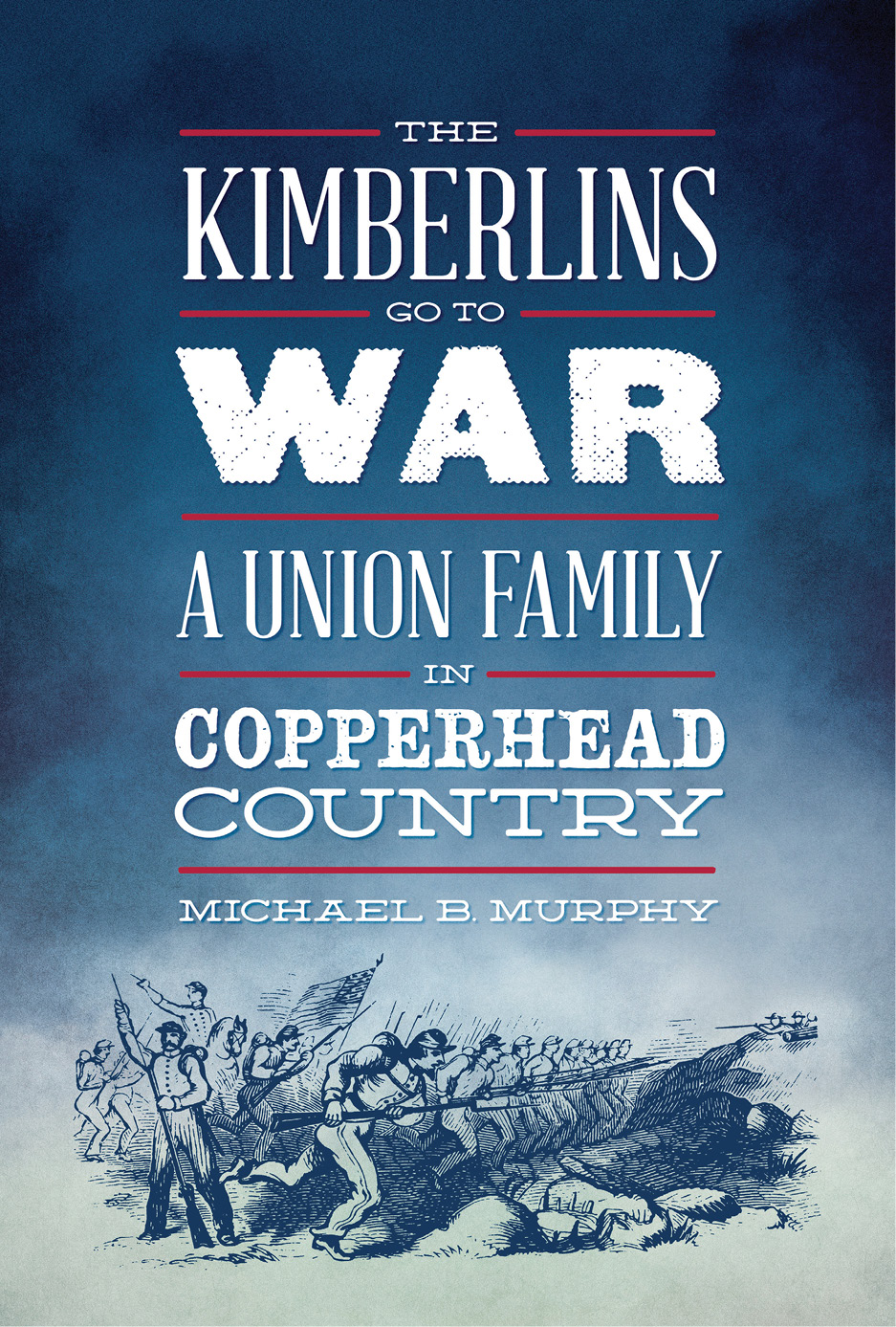

Indiana Historical Society Press
2016
2016 Indiana Historical Society Press
This book is a publication of the
Indiana Historical Society Press
Eugene and Marilyn Glick Indiana History Center
450 West Ohio Street
Indianapolis, Indiana 45202-3269 USA
www.indianahistory.org
Telephone orders 1-800-447-1830
Fax orders 1-317-234-0562
Online orders @ http://shop.indianahistory.org
Names: Murphy, Michael B., 1957- author.
Title: The Kimberlins go to war : a Union family in copperhead country /
Michael B. Murphy.
Description: Indianapolis, Indiana : Indiana Historical Society Press, 2016.
| Includes bibliographical references and index.
Identifiers: LCCN 2016001244 (print) | LCCN 2016020897 (ebook) | ISBN
9780871953773 (cloth : alk. paper) | ISBN 9780871953780 (epub)
Subjects: LCSH: Scott County (Ind.)History, Military19th century. |
Kimberlin family. | IndianaHistoryCivil War, 1861-1865. | United
StatesHistoryCivil War, 1861-1865Biography. |
SoldiersIndianaScott CountyBiography. | Scott County
(Ind.)Biography.
Classification: LCC F532.S35 M87 2016 (print) | LCC F532.S35 (ebook) | DDC
977.2/183dc23
LC record available at https://lccn.loc.gov/2016001244
No part of this publication may be reproduced, stored in or introduced into a retrieval system, or transmitted, in any form or by any means (electronic, photocopying, recording, or otherwise) without the prior written permission of the copyright owner.
The Kimberlins Go to War: A Union Family in Copperhead Country was made possible through the generous support of the Ian and Mimi Rolland Foundation and the Herbert Simon Family Foundation.
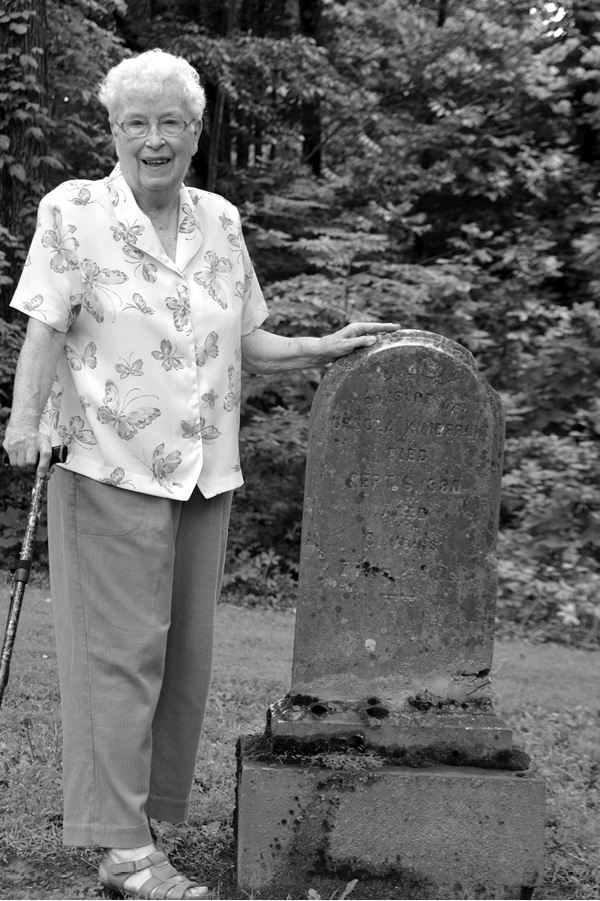
This book is dedicated to Thelma Gilbert Hogue, who is descended through the Kimberlin line from old Abraham Kimberlin, through James Washington Kimberlin, John Kimberlin, and Sarah Irene Kimberlin. It was Thelma who had the foresight to preserve the invaluable cache of Kimberlin letters that date from the late 1700s, who graciously granted me access to these letters, and who sat by my side for hours reading the handwriting of her ancestors so that I could transcribe and understand. This book, in fact the ability to bring the Kimberlin history alive, would have been impossible without her wisdom.
I also dedicate this work to my father, James E. Murphy, who taught me to love writing, and to my mother, Barbara Lill Murphy, who taught me to relish family history and to persevere.
Contents
Acknowledgments
I would like to acknowledge the original genealogical work of Denise Thompson Moody, a Kimberlin descendant who first brought their story to me. Denise intrigued me with the results of her work, especially the tales of Kimberlins who served in the Civil War. Denise told me about the existence of the Kimberlin letters and encouraged me to write about the family.
The reference desk staff of the Indiana State Library, the Indiana Historical Society William Henry Smith Memorial Library, the Scott County Historical Society, and the National Archives provided patient service to me as I sought to make sense of their massive resources. Alan F. January of the Indiana State Archives was particularly helpful in teaching me how to begin my archival research.
Three Indiana UniversityPurdue University at Indianapolis professorsDoctors Jack McGivigan, Robert Barrows, and Kevin Robbinsreviewed many drafts and suggested revisions. Terry Winschel, former chief historian of the Vicksburg National Military Park, went out his way to help me understand the entire Vicksburg campaign. Cathy Parise brought an eye for detail to proper formatting.
I am also grateful to Herb Simon and Ian Rolland for their patronage, and to my editors at the Indiana Historical Society Press, Ray E. Boomhower and Kathy Breen. They saw a story worth sharing.
Finally, I would like to thank my sons, Brendan and Kevin, and family and friends who have put up with me, and given me encouraging words and gentle prods over time. They are too numerous to name, but they know who they are. I am a very lucky man.
War Comes to Indiana
As July 7, 1861, dawned, talk of war was in the air in Lexington, Indiana. The county seat of Scott County was abuzz with the latest news about the Southern rebellion. The Madison Daily and Evening Courie r told of skirmishes between Federal troops and secesh forces at Harpers Ferry and Falling Waters, Virginia. Closer to home, word had come that William A. Sanderson had organized a new regiment, the Twenty-third Indiana Volunteers, on June 24, and was recruiting across the second congressional district. A Captain Ferguson had been in town looking for strong young men. All takers were to meet him in Charlestown by sunset on July 8.
Jacob T. Kimberlin was a twenty-one-year-old farmhand, the eighth of ten children of Jacob J. and Elizabeth Kimberlin, of nearby Nabb. Unlike most families in the area, all of the Kimberlin children had survived early childhood. In the mid-1800s, one-half of all Hoosier children died before the age of four from such common causes as diphtheria in the winter and dysentery in the summer. The Kimberlin sons worked on the farm, or as coopers in town, while the three girls shared the household chores. Their mother had died in 1844.
We do not know Jacob T.s thoughts as he decided to sign up for three years of military service, but if there is comfort in numbers, he had plenty of it. Jacob walked out of Lexington on the Charlestown road on July 8 with his older brother, John J., and his cousins, William H. H. Kimberlin, Benjamin F. Kimberlin, and James Stark. These five young men could not have known at the time that none of them would ever return home. They simply knew that the Kimberlins were going to war.
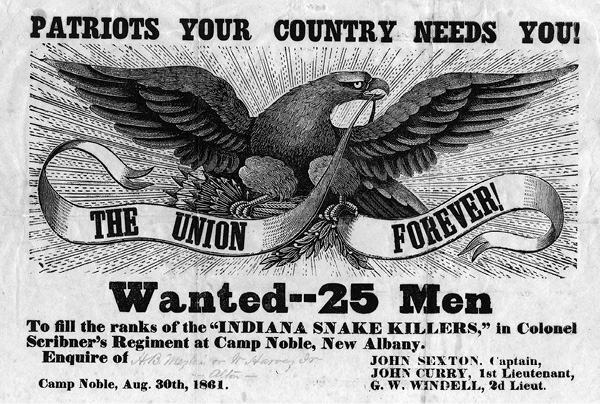
Posted at the start of the Civil War, this broadside urged young men to volunteer for military service at Camp Noble in New Albany, Indiana, for a regiment to be known as the Indiana Snake Killers. (Indiana Historical Society, DC014)
This is the story of the Kimberlin family that sent thirty-three fathers and sons, brothers and cousins, to fight for the Union cause during the Civil War. Ten family members were killed, wounded, or died of battlefield diseasea 30 percent casualty rate that is unmatched in recorded Scott County history. Of the 135 known deaths of Scott County soldiers,
While we know that the Kimberlins suffered disproportionately, our only clues to their feelings about the war come from forty letters to and from the battlefield that have survived. Were they fighting to save the Union or to free the slaves? How did they express grief over the loss of a brother? Did they keep up with their business and the women at home? And what did they think about secesh neighbors in southern Indiana who tried to undermine the Union cause? The answers to these questions will help determine if the Kimberlins were unusual in their patriotism or simply acting as any Union family would in an area of the nation that came to be known as Copperhead Country.

